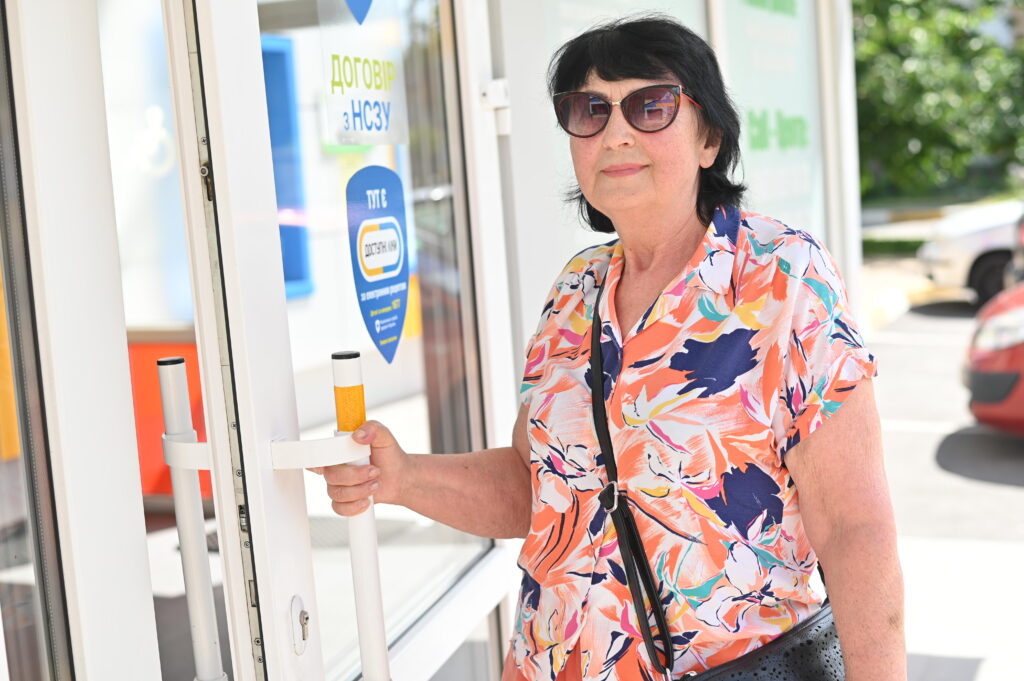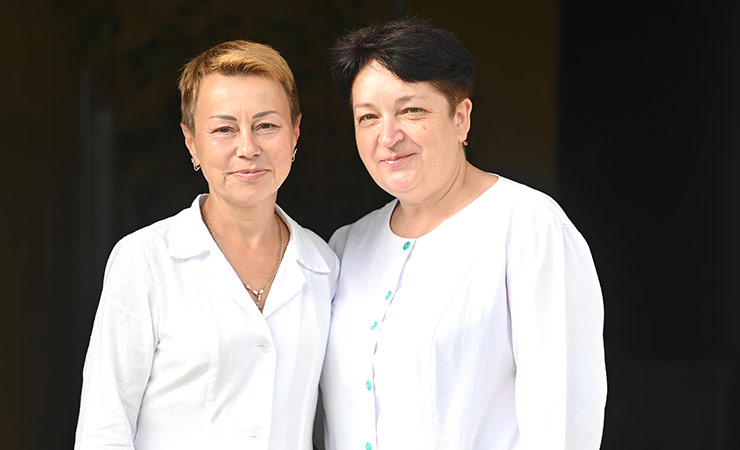Pre- and Post-diagnosis Costs of Tuberculosis to Patients on Directly Observed Treatment Short Course in Districts of Southwestern Ethiopia: A Longitudinal Study
Pre- and Post-diagnosis Costs of Tuberculosis to Patients on Directly Observed Treatment Short Course in Districts of Southwestern Ethiopia: A Longitudinal Study
Abstract
Background
Financial burden on tuberculosis (TB) patients results in delayed treatment and poor compliance. We assessed pre- and post-diagnosis costs to TB patients.
Methods
A longitudinal study among 735 new TB cases was conducted from January 2015 through June 2016 in 10 woredas (districts) of southwestern Ethiopia. Direct out-of-pocket, payments, and lost income (indirect cost) were solicited from patients during the first 2 months and at the end of treatment. Thus, we ascertained direct medical, nonmedical, and indirect costs incurred by patients during pre- and post-diagnosis periods. We categorized costs incurred from onset of illness until TB diagnosis as pre-diagnosis and that incurred after diagnosis through treatment completion as post-diagnosis. Pre- and post-diagnosis costs constitute total cost incurred by the patients. We fitted linear regression model to identify predictors of cost.
Results
Between onset of illness and anti-TB treatment course, patients incurred a median (inter-quartile range (IQR)) of US$201.48 (136.7–318.94). Of the total cost, the indirect and direct costs respectively constituted 70.6 and 29.4%. TB patients incurred a median (IQR) of US$97.62 (6.43–184.22) and US$93.75 (56.91–141.54) during the pre- and post-diagnosis periods, respectively. Thus, patients incurred 53.6% of the total cost during the pre-diagnosis period. Direct out-of-pocket expenses during the pre- and post-diagnosis periods respectively amount to median (IQR) of US$21.64 (10.23–48.31) and US$35.02 (0–70.04). Patient delay days (p < 0.001), provider delay days (p < 0.001), number of healthcare facilities visited until TB diagnosis (p < 0.001), and TB diagnosis at private facilities (p = 0.02) independently predicted increased pre-diagnosis cost. Similarly, rural residence (p < 0.001), hospitalization during anti-TB treatment (p < 0.001), patient delay days (p < 0.001), and provider delay days (p < 0.001) predicted increased post-diagnosis costs.
Conclusion
TB patients incur substantial cost for care seeking and treatment despite “free service” for TB. Therefore, promoting early care seeking, decentralizing efficient diagnosis, and treatment services within reach of peoples, and introducing reimbursement system for direct costs can help minimize financial burden to the patient.


